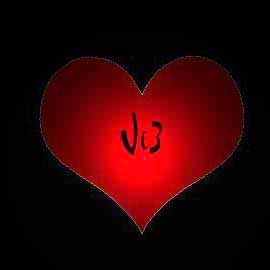 heart shaped world
heart shaped world
| fool | the magician |
high priestess | empress | emperor | hierophant | lovers | chariot | justice | hermit | wheel of fortune |
| strength | the hanged man | death | temperance | the devil | the tower | the star | the moon | the sun | judgement | the world |
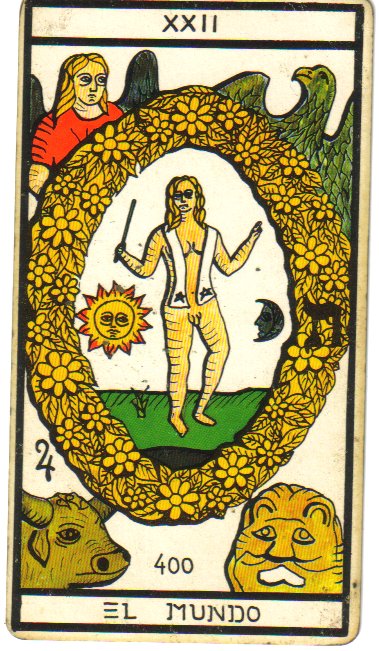
The picture below right shows a Vesica Piscis in an illuminated manuscript, giving status to the image of Christ. The laurel wreath creates a vesica for the tarot figure - originally known as The Angel - and the card repesents the ability to reach a new status, to be recognised. So what is a vesica? Quite simply it is the pointed oval shape created when two circles intersect.

In Italian it is also known as a mandorla (almond shape).
Look at it as showing what happens when two categories overlap. First, appreciate that our sense of self and the world about us is formed from our mental mapping of things into categories - why, for example, some animals we can eat with relish whilst others we cannot begin to conceive of us food is down to the mental categories in which we place them (see image right). Where categories overlap you have pollution, and therefore danger. This is an area that needs care and ideally the supervision of someone of special status - the overlap of sacred and profane is supervised by a priest - a celibate man in a dress.
A 'liminal' state - a form of limbo - can exist when people are in transition from one status to another, something usually marked by a formal rite of passage ceremony to 'manage' this dangerous liminal stage. The Angel in this card marks a successful transition to a new status.
The vesica is a major part of this card's image. As a powerful symbol it has permeated most societies - Celtic art makes much use it (right) with later examples combined with a triangle to represent christian unity.
It is also used as a symbol representative of the yoni, the female pudenda.
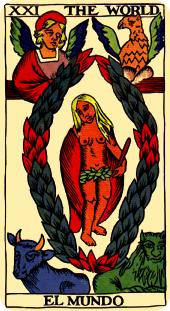 We
go on, we go on. Because this is the
last card of the Major arcane it is seen as journey’s end and often taken to
represent success and fulfillment. The
card shows a goddess holding two wands – energy rods. She is usually depicted within
an encircling laurel wreath. The
symbolism is of integrity and attainment on the material plane. Reward for success is assured, integrity is
affirmed. It is possible to view one
major chapter of life as complete: for example, coming of age, youngest child
leaves home, retirement and many milestones of less immediate
significance. Perhaps more
significantly, it is a card that poses the question – What next? Many questioners will agree that they are
indeed seeking a new challenge. It is also a card that invariably carries the
additional weight of an insurmountable external factor which poses a permanent
obstacle in the questioner’s life, such as a handicap or other limiting factor
or responsibility – the context in which it lies and the cards it links with
enlarge on this, as they do on its associated sub themes of potential self
pity, distraction and unexpected setback, all the things that can accompany 'going on'.
We
go on, we go on. Because this is the
last card of the Major arcane it is seen as journey’s end and often taken to
represent success and fulfillment. The
card shows a goddess holding two wands – energy rods. She is usually depicted within
an encircling laurel wreath. The
symbolism is of integrity and attainment on the material plane. Reward for success is assured, integrity is
affirmed. It is possible to view one
major chapter of life as complete: for example, coming of age, youngest child
leaves home, retirement and many milestones of less immediate
significance. Perhaps more
significantly, it is a card that poses the question – What next? Many questioners will agree that they are
indeed seeking a new challenge. It is also a card that invariably carries the
additional weight of an insurmountable external factor which poses a permanent
obstacle in the questioner’s life, such as a handicap or other limiting factor
or responsibility – the context in which it lies and the cards it links with
enlarge on this, as they do on its associated sub themes of potential self
pity, distraction and unexpected setback, all the things that can accompany 'going on'.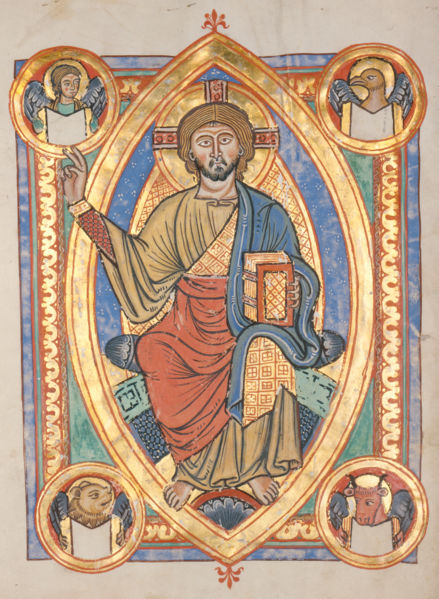
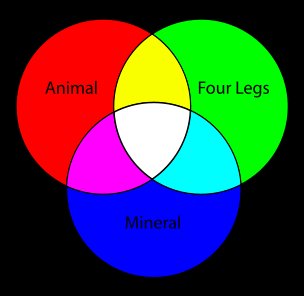
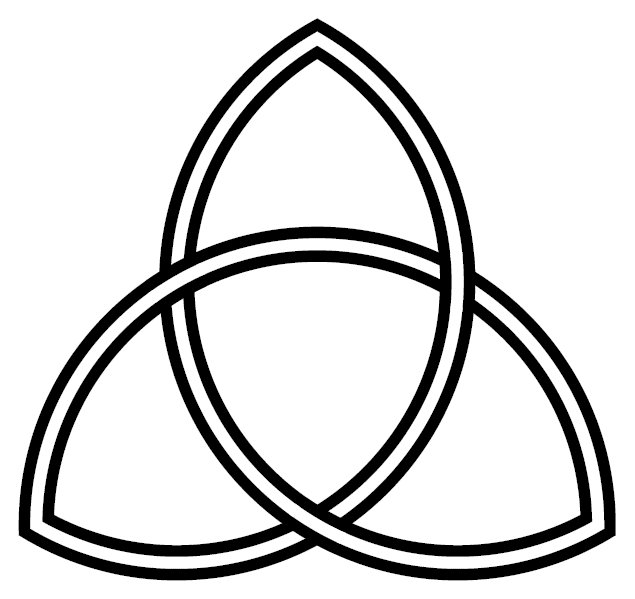 Celtic Triquetra
Celtic Triquetra
The vesica
piscis is named from it's resemblance the bladder shape of a fish. If
you take the oval together with its 'tail' you get the fish symbol used
by modern christians since 1965. This has developed a 'back story' to
support its adoption which suggests its use since the time of the
earliest christians. Ichthus (greek - fish) has been suggested as
an acronym for the essential principles of christianity. It does not
convince. Other societies and religions have similarly arrived at
the vesica, not least the Sanskrit use of it as a yonic symbol - which
is an interesting way to consider it the next time you see it on the
bumper of the car in front.
